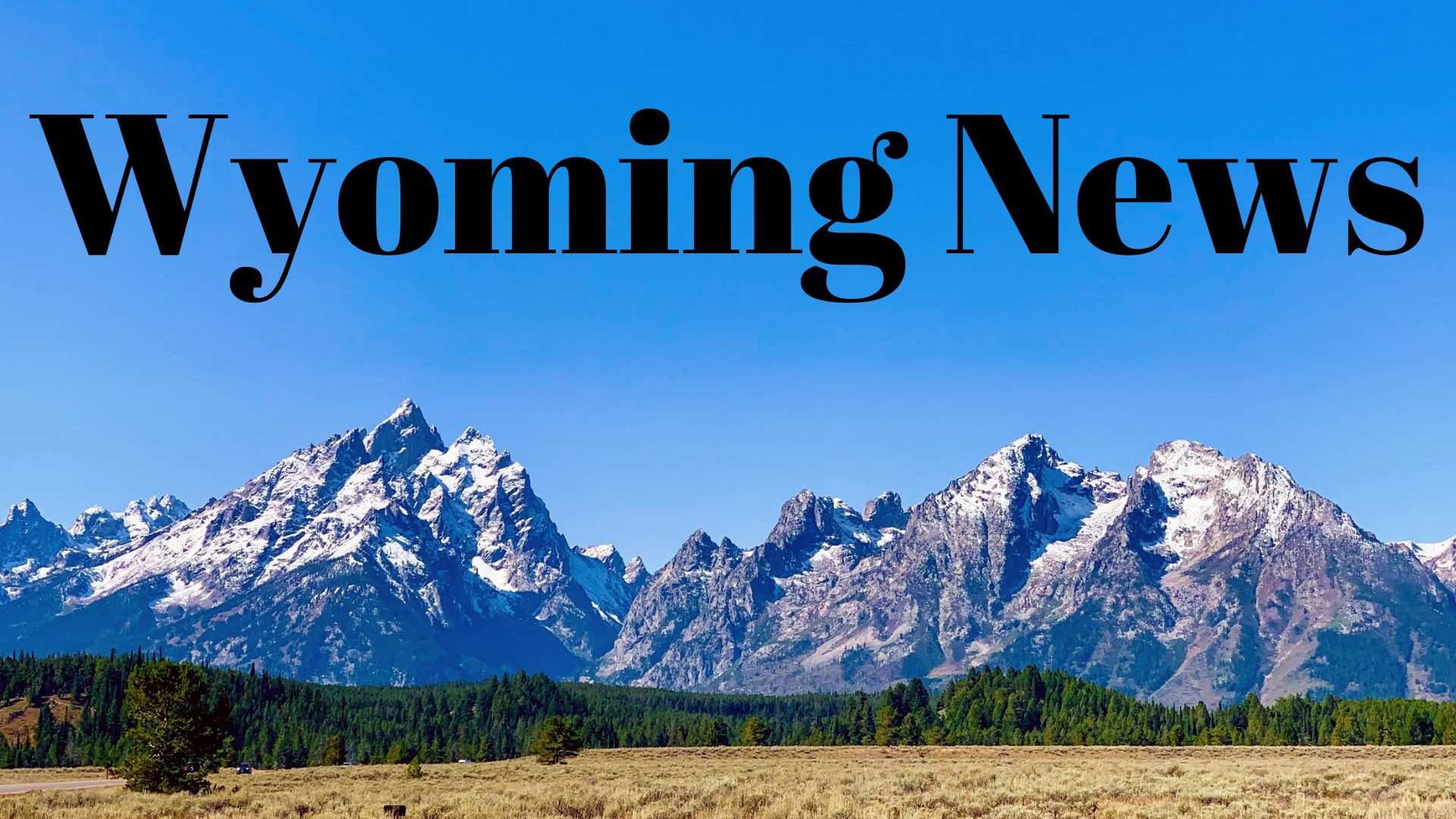Torrential rain spelled disaster in Shell

GREYBULL — Around 3:45 p.m. on Saturday, July 21, a hailstorm moved into the Shell area, marking the beginning of what would soon become a natural disaster.
The Bighorn Basin is considered a semi-arid desert, which receives around 6-10 inches of rain on average each year, has high summer temperatures, cold winters and winds that can reach hurricane strength.
In semi-arid climates, the soil is unable to absorb large amounts of moisture in short periods of time, which is exactly what the area received on Saturday when three inches of rain flooded Trapper Creek and left the area in disarray.
“This is an agricultural disaster,” Dineen Mueller, a local farmer, said. “It started with nearly two and a half inches of rain within 45 minutes. The downpour would alternate between hail and rain, then some more rain, before returning to hail again, and so on and so forth.
“I can’t even begin to list everything that happened: the floods clogged weirs everywhere. Culverts were plugged by all the trash flowing in the water; ditches became overwhelmed with all of the water until they all broke. Someone’s bridge was washed out, and the roads are a muddy mess. The highway was about two inches from being washed out. WYDOT got out there and took care of it, but it was almost a very costly flood."
Mueller’s property wasn’t the only one affected, as longtime Shell resident Diane McLauchlan’s family property was flooded, too.
“I wasn’t much help in stopping it. I stayed inside where it wasn’t wet – but the rain took out our fences and roads,” said McLauchlan. “The torrential rain on the mountain and in the foothills made for a muddy mess because the dirt isn’t used to taking that much water in that little time.”
The damage done isn’t just cosmetic. Trapper Creek is used by farmers and ranchers in the Shell area for irrigation purposes. The small channels of water that are diverted from the creek are not designed to carry such large amounts of water.
“In all of the years I’ve lived here, I have never seen such a large flood. There was water coming from everywhere: from the valleys, from the draws, from the creek and from the sky,” said Peter DeCabooter, a Shell rancher. "The flood washed boulders the size of wheelbarrows out onto my land. There were so many of my fences washed out, but I won’t be able to put them back up until the ground dries out.”
DeCabooter added that there were other surprise consequences from the flood.
"The waters washed rattlesnakes down from the mountain all over my fields. I can't walk outside without seeing one,” he said. “But snakes aren’t my only visitors; there are many very large cutthroat trout washed up in my fields."
Looking ahead, Shell’s agricultural community will have to decide whether to restart the season’s irrigation, or if prevention and repairs should be the primary focus. The flood washed away miles of gated pipe and leveled water rows and ditches.
Because the flooding took place so late in the season, most of the farmers’ crops were either destroyed or buried. It’s too late to plant another crop, yet too early to prepare for next year.
New measures will need to be put in place to reduce the possibility of this happening again.
This story was published on July 25, 2024.







